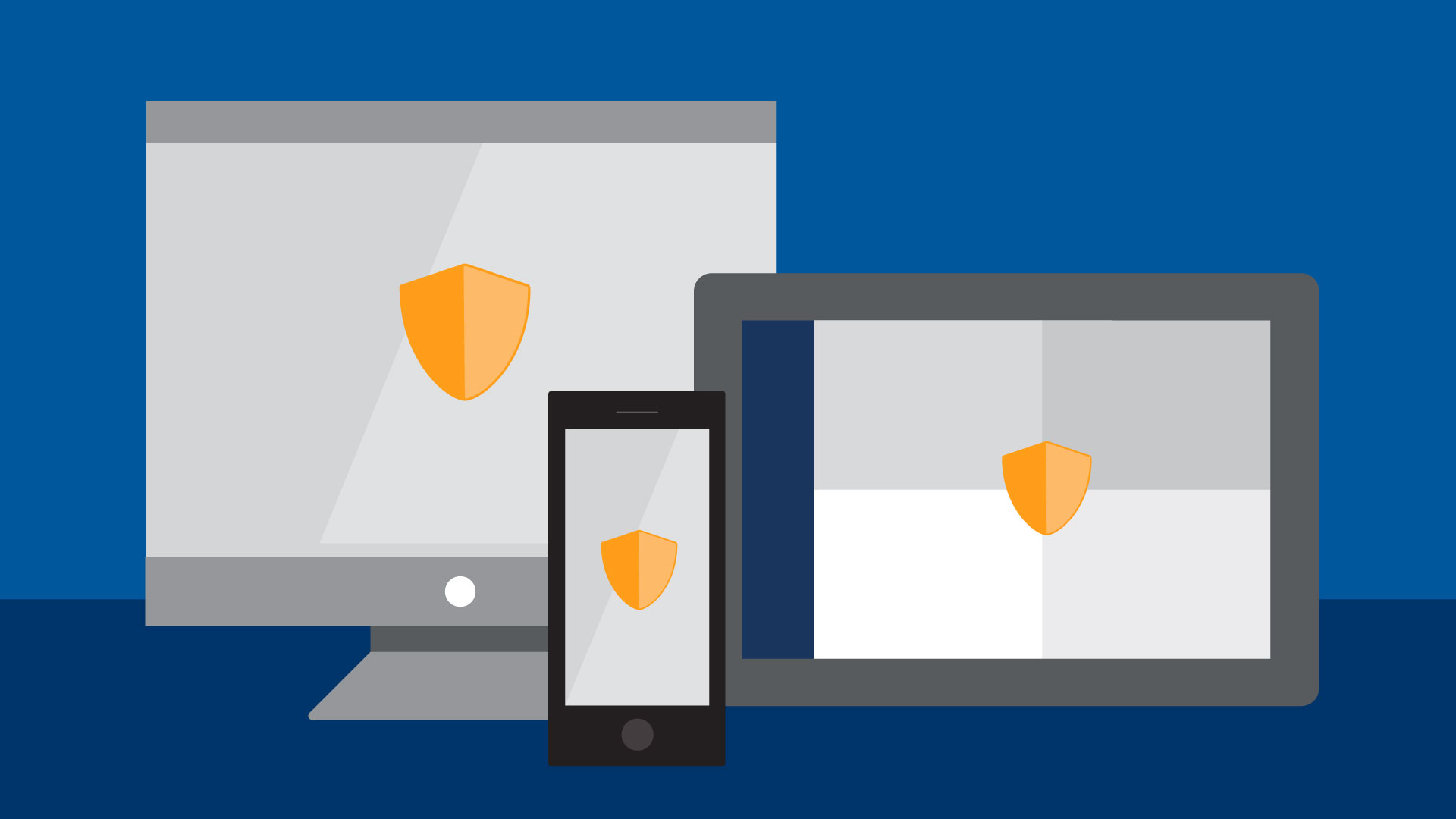Why you should build a physical security solution with Privacy by Design
Dr. Ann Cavoukian doesn’t mince her words when it comes to privacy. As the Executive Director at Global Privacy & Security by Design Centre and one of the world’s leading experts on privacy, she shared this in our Engage podcast titled ‘First Principles’:
"People often approach security and privacy in a zero-sum manner. You can only have a positive gain in one area, always at the loss of the other. This either-or, win-lose, zero-sum model is so dated. Throw it out the window. Yes, the term privacy assumes a much broader set of protections than security alone. But if you don't have a strong foundation of security from end to end with full lifecycle protection in this day and age of daily hacks, you're not going to have any privacy.”
Dr. Ann Cavoukian, Executive Director at Global Privacy & Security by Design Centre
What she goes on to say is this - why compromise when there’s a win-win scenario of securing your organization while keeping citizen’s data private?
What is Privacy by Design?
In her work as former Privacy and Information Commissioner for Ontario (1997-2014), Dr. Cavoukian developed and championed ‘Privacy by Design’. This revolutionary framework put the onus of privacy protection on service and technology providers instead of users.
Today, Privacy by Design is used as the basis for General Data Protection Regulation (GDPR) and many other evolving privacy laws around the world. Under these new laws, businesses are asked to invest in solutions built with ‘Privacy by Design’ to ensure data confidentiality, integrity, and availability.
Here’s the win-win scenario— businesses get the highest levels of data protection, while citizens get more control over their personal information. The default outcome? More trust.

Want to learn more about our approach to cybersecurity and privacy?
Could legacy systems be halting your privacy efforts?
Legacy security equipment or older proprietary systems may not fully support the fundamentals of Privacy by Design. Limited system capabilities and integrations create situations where you might not be able to reach full privacy compliance. Since privacy and cybersecurity go hand-in-hand, consider this:
- If your organization receives a request from a customer or a police officer to see collected video footage, will you be able to securely share those recordings while protecting the identities of other individuals in the frame?
- What would happen if you failed to secure one of your hundreds of cameras and that device becomes the pathway to a breach of customer information?
- How much time does your team spend every month updating different software and firmware and managing cybersecurity practices across your various systems?
- Do you have the ability to build and maintain strong password policies and effectively restrict access to your data? Can you offer single sign-in capabilities with multiple layers of authentication?
- Do your legacy systems allow you to adopt the latest encryption methods or cybersecurity features to stay ahead of evolving threats?
Even when you try to patch solutions onto existing systems and infrastructures to help mitigate risks, there’s still a chance that you’ll be susceptible to vulnerabilities.
Want to learn more? Read our blog, What physical security professionals need to know about cybercrimes and cyber threats.
Investing in physical security solutions built with privacy by design
How you manage and protect your data starts with the system you invest in. When you have access to the right tools, you’re better able to keep sensitive information protected.
This is why investing in physical security technology that is designed from the ground up with privacy in mind can make all the difference.
For instance, our physical security solutions are built with Privacy by Design. Our customers can amplify their data protection measures through multiple layers of cyber defenses, video anonymization, archive retention automation, and more.
How unification helps you maintain a successful data and privacy protection strategy
Taking a unified physical security approach can also be a game-changer for your data protection strategy. Here’s how:
Centralized privacy protection saves time
With all your systems under one platform, you won’t have to waste time jumping through different solutions to ensure the best cyber hygiene or keep track of the health status of all your systems and devices. Instead, you’ll be able to stay in control of the data from all your systems through a single interface.
Built-in privacy measures streamline processes
Unified tools and services alert you to potential vulnerabilities and help you streamline updates. Other features help you restrict system access and user privileges and provide security scores to make sure you reach full-scale system resilience.
Flexibility helps you adapt data protection methods
The true beauty of unification is flexibility. Privacy laws are constantly changing, and your team needs to keep up as threats evolve. With a flexible security platform, you can adjust data protection methods and processes to bolster system integrity and confidentiality and stay compliant for years to come.
Want to hear more from the world’s experts on privacy?
Listen to the full Engage podcast with Dr. Ann Cavoukian. You’ll also hear what Genetec CEO, Pierre Racz, thinks about technology and governance and how that impacts public safety and privacy.
